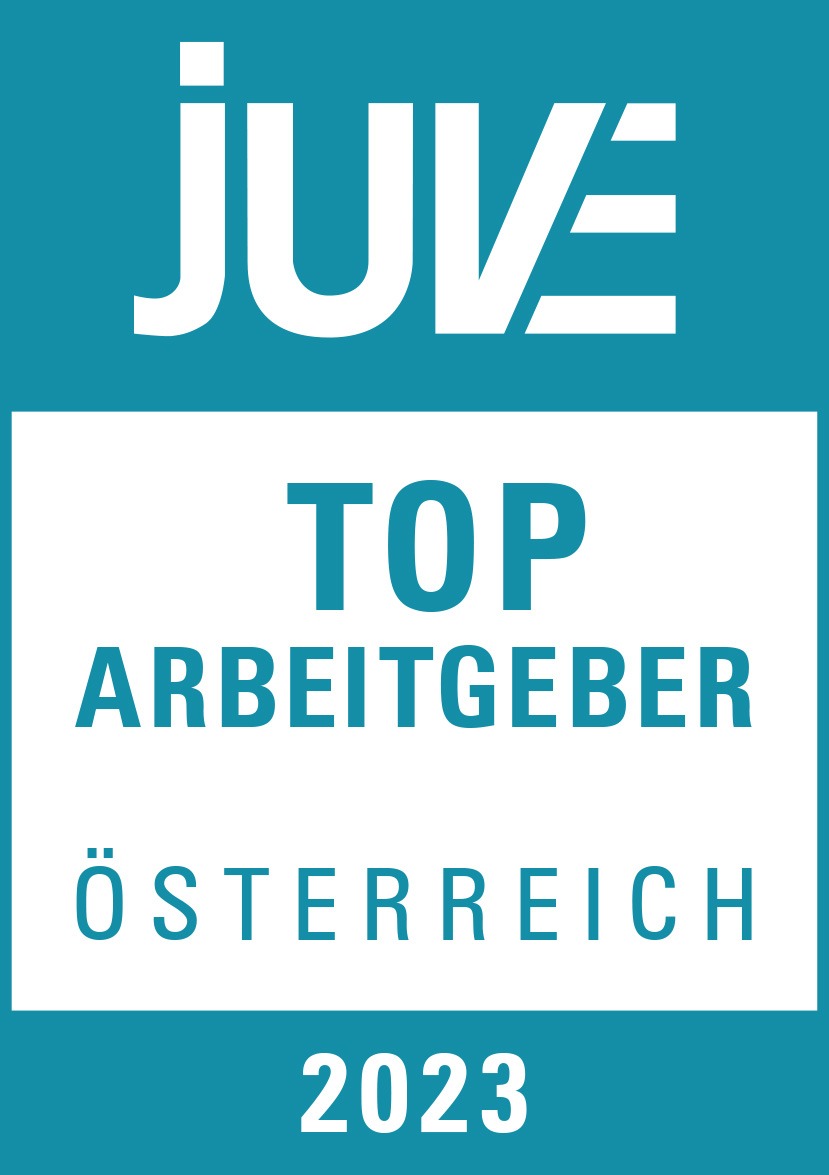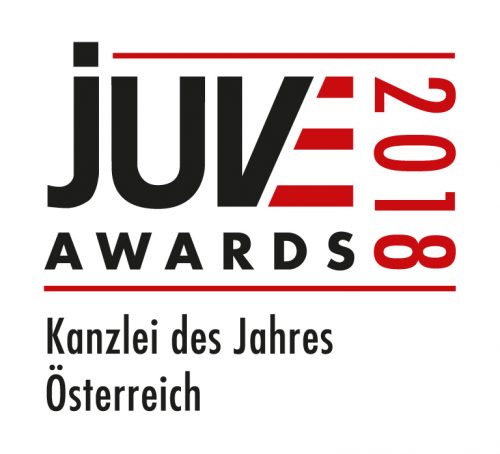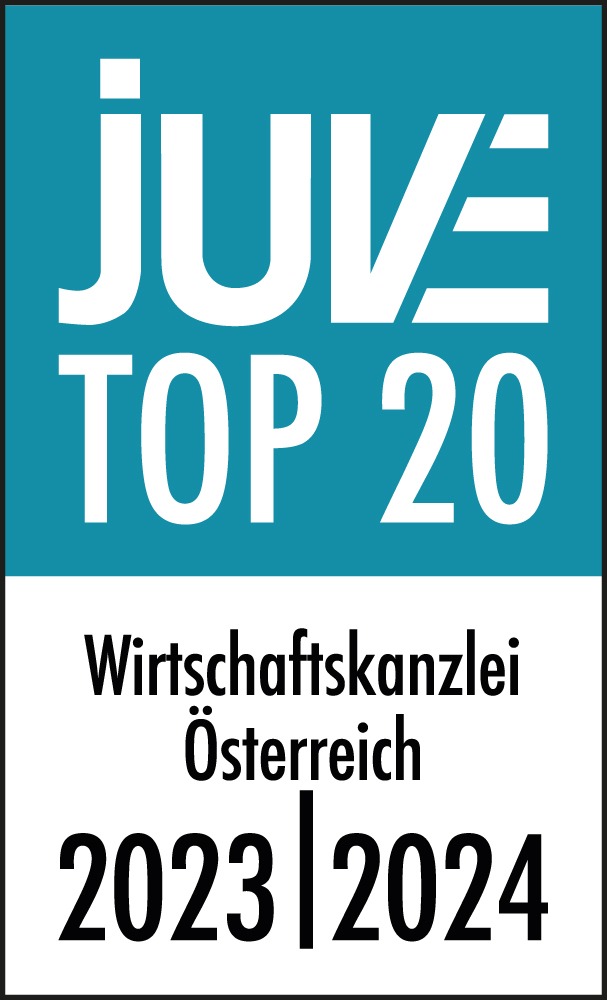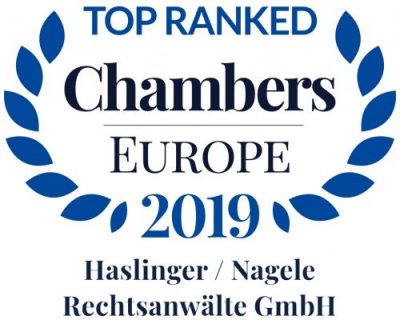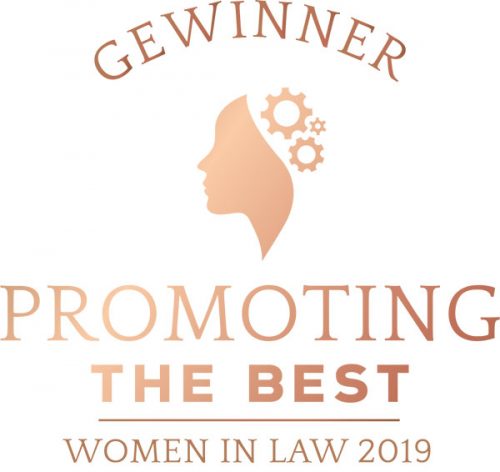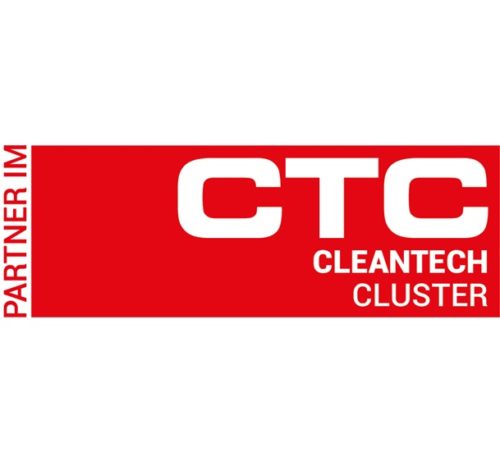Whistleblowing reporting systems
We help with implementation and processing!
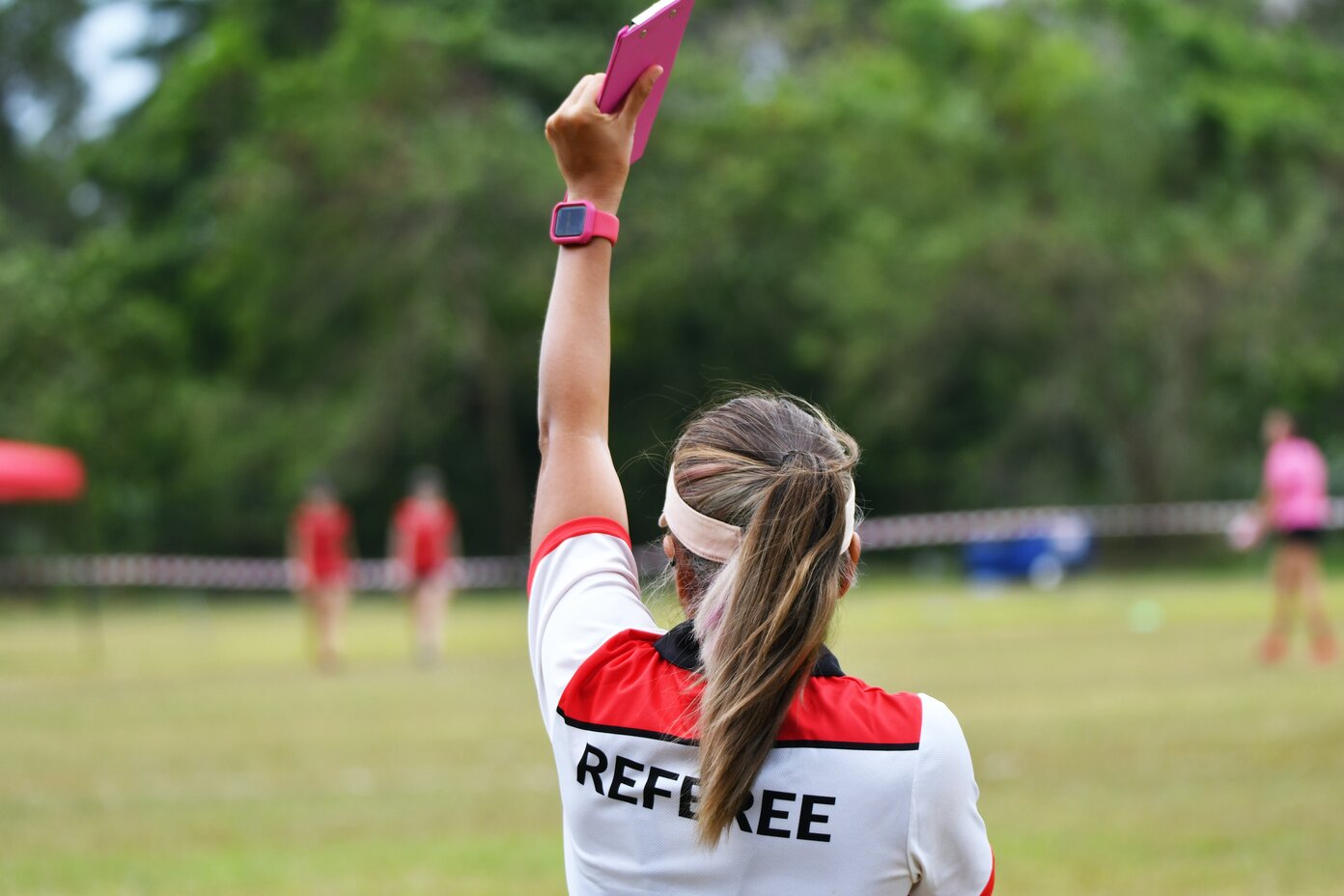
Both the past FIFA World Cup and two current proceedings are reviving the debate about the relationship between association rules in professional sports and antitrust law.
While the soccer world was talking about Argentina’s opening defeat against Saudi Arabia in Qatar, antitrust lawyers were wondering whether the ban on wearing the “One Love” captain’s armband could be challenged by antitrust means. Around the same time, the ECJ published two opinions by Advocate General Rantos that could provide further clarity on the application of antitrust law to rules of professional sports associations, should the ECJ follow them.
The ECJ ruled in 1974 in the Walrave and Koch case that Union law can generally be applied to the rules of sports associations if they engage in an economic activity. Economic activity is also the central connecting factor for the application of (EU) antitrust law in particular. Following a functional understanding, competition authorities examine the entrepreneurial status for each activity of an entity, but not for the entity as a whole. Therefore, an entity may be an undertaking with respect to one activity but not with respect to another.
So how does this relate to sports associations? Sports associations are in any case engaged in business activities if they, for example, market events and conclude sponsoring and other contracts in this context (ECJ case MOTOE). Individual athletes can also be qualified as businesses, for example if they provide advertising services for sponsors (ECJ Case Deliège, para. 56 ff); this applies all the more to professional teams that participate in competitions for economic reasons, sell tickets, etc. (cf. ECJ case Piau, para. 69). Several undertakings can also form an association of undertakings, for example in the form of national or international associations (cf. EKom Rs Soccer World Cup 1990 on FIFA), whose decisions may also be covered by the ban on cartels.
In 2006, the Meca-Medina case, which primarily concerned rules with an ostensibly sporting (rather than economic) character, created further clarity on the application of competition law to the rules of sports associations. The plaintiffs, two professional swimmers who were banned from competing for a certain period after testing positive, argued that the anti-doping regulations of the swimming association FINA violated the prohibition of cartels (as a decision of an association of companies restricting competition). The ECJ approached the question of whether competition law is applicable at all to such regulations of a “purely sporting character” with a three-step test: The first step is to examine the overall context in which the decision was reached and whether a legitimate objective is being pursued with it. The next step is to examine whether the anti-competitive effects of the decision are necessarily connected to the pursuit of the objective. Finally, it must be clarified whether the restrictive effects of the decision are appropriate with regard to the objective pursued.
If all three conditions are cumulatively met, the measure under association law does not even fall under the non-competition clause. In this specific case, the ECJ came to the conclusion that there was no restriction of competition since the anti-doping provisions in the context of competitive sports pursued a legitimate goal (equal opportunities and fairness in the competition) and were necessary and appropriate to achieve this objective.
The two most recent cases – European Superleague Company and International Skating Union – involve regulations that make the participation of members in competitions of other associations subject to approval.
The European Superleague (ESL) is an international league founded by the world’s most economically powerful soccer clubs, which was created independently of the FIFA/UEFA organizational system. The clubs appealed to the Commercial Court Madrid, claiming that FIFA/UEFA was abusing its dominant position by refusing to authorize the foundation of the ESL and threatening teams participating in the ESL with exclusion from the competitions it organized.
The case was eventually referred to the ECJ for a preliminary ruling. In his opinion, GA Rantos affirmed the right of associations to establish an independent league. However, the reservation of approval by FIFA/UEFA was not objectionable. In his reasoning, GA Rantos also referred to the Meca-Medina case and argued that the approval of the ESL by FIFA/UEFA served to pursue legitimate objectives. This was the only way to ensure equal opportunities, solidarity and the one-place principle of European soccer (para. 110).
Another case reached the ECJ via the European Commission and the European General Court. This case concerned a rule of the only governing body for figure and speed skating (ISU) recognized by the IOC, according to which athletes who participate in competitions of competing organizers without the consent of the ISU should be excluded from participation in ISU competitions for life. The lower courts considered this rule to be an intended (simply put, a manifest) restriction of competition. In his Opinion, GA Rantos does not question the applicability of EU competition law in this case but doubts its qualification as an intended (obvious) restriction of competition. Here, the European General Court inadmissibly mixed up the Meca Medina test steps – concerning the question of the applicability of the ban on cartels – with the substantive assessment of the disputed rules as intended or effected restriction of competition. Rather, the effects of the decision should be examined to determine whether they would actually result in a restriction of competition.
The One Love armband at the World Cup in Qatar caused a worldwide sensation. It was supposed to stand as a sign for diversity, openness, and tolerance, but was declared illegal by FIFA due to a violation of the FIFA Equipment Regulations (Art 4.3.1). But does the ban violate European or national competition rules, as was sometimes claimed with reference to the decision of the Federal Cartel Office in case IOC (Rule 40)?
Clothing regulations can serve sporting objectives and be necessary and appropriate to achieve them. However, regulations that prevent athletes from using any space and clothing for their own economic purposes (individual sponsors) may well be anti-competitive. According to the theories of damage either the advancement of the athlete(s) would be inadmissibly restricted or the advertising opportunities of (potential) sponsors would be inadmissibly hindered. In our view, it is at least not obvious that one of these damage theories can be applied to the non-economic message emanating from the One Love band.
It remains to be seen whether the ECJ will follow its Advocate General in its decision. In any case, we can expect clarification on the question of the extent to which sports associations may prevent their members from participating in competitions of competing organizers. The ball is now in the ECJ. And as far as the One Love armband is concerned, the question is factually settled for the moment due to the expired competition. Contrary to a previous announcement, the German Football Association (DFB) decided not to initiate main proceedings at the Court of Arbitration for Sport (CAS). Whether the ban on the One Love armband would have withstood an antitrust review therefore remains open.
This article is for general information only and does not replace legal advice. Haslinger / Nagele Rechtsanwälte GmbH assumes no liability for the content and correctness of this article.
19. January 2023
